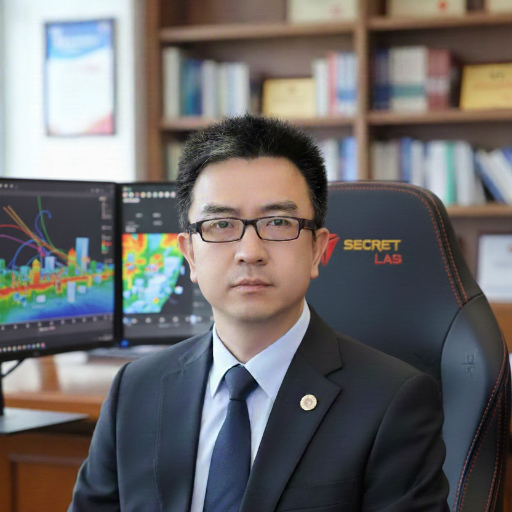
Dr Liangzhu Leon Wang, FIBPSA, FASHRAE
Thesis supervisor Accepting inquiries
- Professor, Associate Director (Centre for Zero Energy Building Studies), Building, Civil, and Environmental Engineering
Status: Member of School of Health, Concordia University
Are you the profile owner?
Sign in to editResearch areas: Urban microclimate Climate resilience UBEM Ventilation and air quality Thermal management Building science and building physics
Contact information
Email:
Websites:
ORCID:
Biography
Liangzhu Leon Wang is a Professor at Concordia University, Montreal, Canada, and Associate Director at Centre for Zero Energy Building Studies (CZEBS), formerly Centre for Building Studies, established in 1976 as the Canadian very first program of Building Engineering (a.k.a. Building Service/Architectural Engineering). The centre is known for its world-leading research on net-zero energy buildings with >100 students, 20 full-time professors, and associate professors. He received PhD in Mechanical Engineering from Purdue University in 2007 and worked as a PDF at Building and Fire Research Labs at the US National Institute of Standards and Technology; and China: MSc in Civil Engineering (2002), and BSc in Thermal Engineering (1999).
Dr. Wang studies Resilient, Healthy, and Sustainable Urban Microclimate and Built Environment and has rich research experience in Building Fire Safety and Building Science. He published over 240 papers and made substantial impacts on building standards, codes, guidelines, and international building performance simulation communities. He developed new scaling methods for designs of high-rise building fire protection and smoke control. His work on real-time forecasting of building contaminant and fire spreads was awarded one of the three "Best Journal Paper Award" from Building and Environment among 1,300 papers for "originality, contributions to the field, quality of presentation, soundness of science.”, and one of the three "Best Poster Award" at the 10th Asia-Oceania Symposium on Fire Science and Technology (AOSFST), Tsukuba, Japan. He developed public guidelines for the US Centers for Disease Control and Prevention Guidance on Carbon Monoxide Poisoning from generators, the US Consumer Product Safety Commission rulemaking for generator safety, the International Energy Conservation Codes C402, ASHRAE Standard 189.1&90.1, California Building Energy Efficiency Code (Title 24), ANSI/AMCA Standard 220, AMCA COVID Guidance for Unducted Fans. During the pandemic, his team’s urban model of City Reduced Probability of Infection for Indoor Airborne Transmission of SARS-CoV-2 for North America (NA), was widely covered by CBC (Canadian Broadcasting Corporation), Radio One, CTV News & CBC TV (live interviews), CityNews, Global News, Le Devoir, Los Angeles Times etc. He led over $16 Million CAD funding with ~1/3 from industries in large-scale projects.
Dr. Wang is a Fellow of the International Building Performance Simulation Association (IBPSA) and a Fellow of the American Society of Heating, Refrigerating and Air-Conditioning Engineers (ASHRAE). He is an Associate Editor and Special Issue Editor of the Journal of Energy and Buildings, Editor of Journal of Building Simulation, Associate Editor of Science and Technology for the Built Environment (STBE), the official research journal of ASHRAE, and an Editorial Member of Journal of Wind Engineering and Industrial Aerodynamics, and Building and Environment.
Research
- Urban microclimate, urban energy and environment;
- Climate resilience, climate impacts on buildings, building resilience;
- Building airflow and thermal management;
- Forecasting/Hybrid building simulations using weather forecasting models;
- Computational fluid dynamics applied to building science
Teaching activities
Courses
- CIVL 6601 – Modeling of Building and Environmental Engineering
- BLDG 465/BLDG6651 – Fire and Smoke Control in Buildings
- ENGR 361/2 V – Fundamentals of Fluid Mechanics
- ENGR 391/4 V – Numerical Methods in Engineering
- BLDG365/6611 - Building Science


